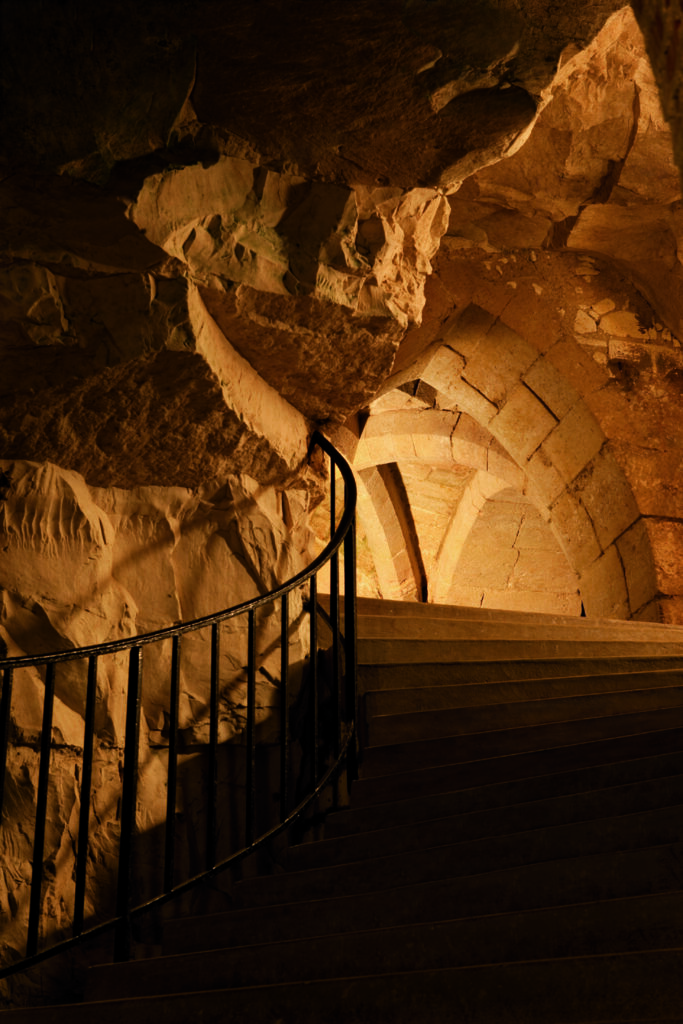Champagne, bubbles, and sparkling wine are on everyone’s minds these days. However, not all bubbly is created equal, and Champagne, which is only made in the Champagne region of France, is considered the best of the best.
Decades ago, French Champagne experts brought their skills to California wine country, expanding their production to include sparkling wine made on American terroir. By doing so, they increased their visibility and made their wines more widely available in the robust U.S. market. In a way, they invented an American version of Champagne.
The French houses chose to establish in certain areas of California wine country, such as the southern part of Carneros and the northern California coast’s Anderson Valley in Mendocino County. These regions have climate conditions like those in the Champagne AOC (Appellation Origin Contrôlée), the only place in the world where sparkling wine can be called Champagne.



Most California outposts use the same grapes typically used by their parent companies in Champagne—Chardonnay, Pinot Noir, and Pinot Meineur. They also use the time-intensive méthode traditionelle of sparkling wine production, which involves a secondary fermentation in the bottle, the source of the iconic bubbles.
Despite their similarities, the U.S. and French wine regions are a study of tradition versus innovation. The French houses follow centuries of regulations and strict control on the final product’s quality, while the U.S. subsidiaries exist in relative freedom. They can choose which varieties to use, where to plant, and when to harvest.
Because most U.S. producers follow the traditional method and use the same varieties, the apparent difference between locales is terroir. Three California-French producers are making remarkable American versions of French Champagne: Roederer (The Roederer Estate), Taittinger (Domaine Carneros), and Moët & Chandon (Chandon).




Taittinger/Domaine Carneros
The most popular region for growing grapes used in sparkling wine is southern Carneros, where cool maritime conditions allow longer hang time and better acid retention in the fruit, and the long, hot days and cooler nights produce an ideal amount of acidity and ripeness. The Taittinger family was so impressed with the region’s potential for excellent sparkling wine that in 1987, they expanded operations there and named the winery after the area—Domaine Carneros.
Remi Cohen, CEO of Domaine Carneros, described how the U.S. location has adopted Taittinger’s Champagne techniques. “In California, we are not beholden to the same rules and regulations as they are in Champagne, so we could release a sparkling wine three months after the second fermentation. But because of our ownership with the Taittinger family, we pay homage to the rules. So, all our wines are vintage-dated, and they are all aged a minimum of three years.”



Moët & Chandon/Chandon
Moët & Chandon is the largest Champagne house in the world, producing close to 30 million bottles annually. Based in Yountville with estate vineyards in Carneros, Yountville, and on Mount Veeder, Napa Valley’s Chandon opened in 1973 to become America’s first French-owned sparkling winery. It had all the ingredients for phenomenal success—the link to the French icon, an innovative approach, and the California sun. Another claim to fame for Moët & Chandon: The French house has the honor of making the world-renowned Dom Perignon.
Roederer/The Roederer Estate
The original Louis Roederer established his eponymous Champagne house almost 200 years ago, and former Louis Roederer president Jean-Claude Rouzaud founded the U.S. winery just four decades ago in Anderson Valley. The winery has been one of California’s leading and most consistent domestic sparkling wine producers.
In 2023, Arnaud Weyrich, Senior Vice President and Winemaker of Roederer Estate, was quoted in The Press Democrat, explaining the philosophy behind Roederer’s U.S. expansion. “Champagne has a finite acreage in the appellation,” Weyrich said. “The family felt that creating its own estate in California with a similar philosophy of its farming and winemaking in France would help expose Louis Roederer to a new generation of fine-wine drinkers in the U.S.”
